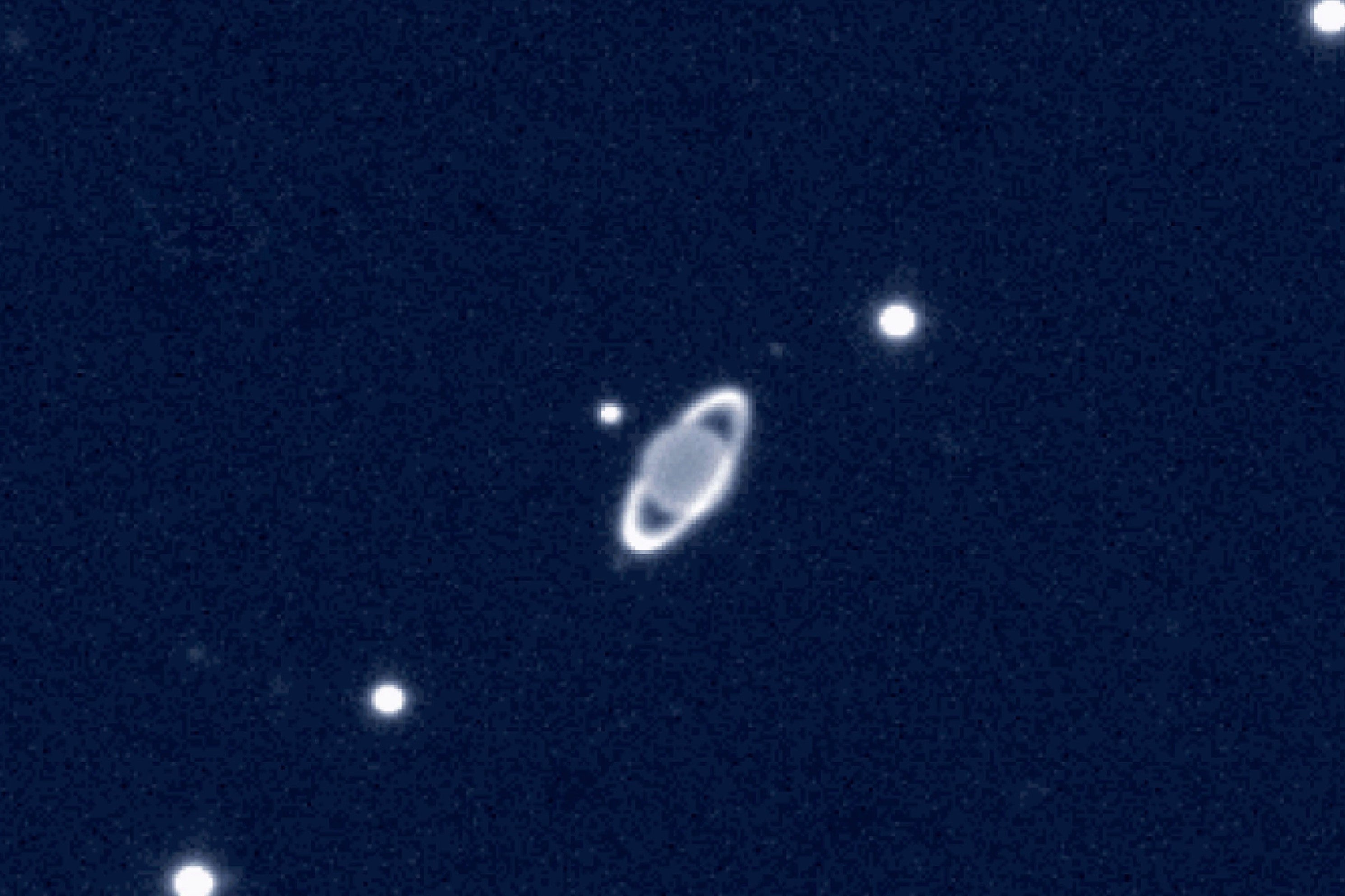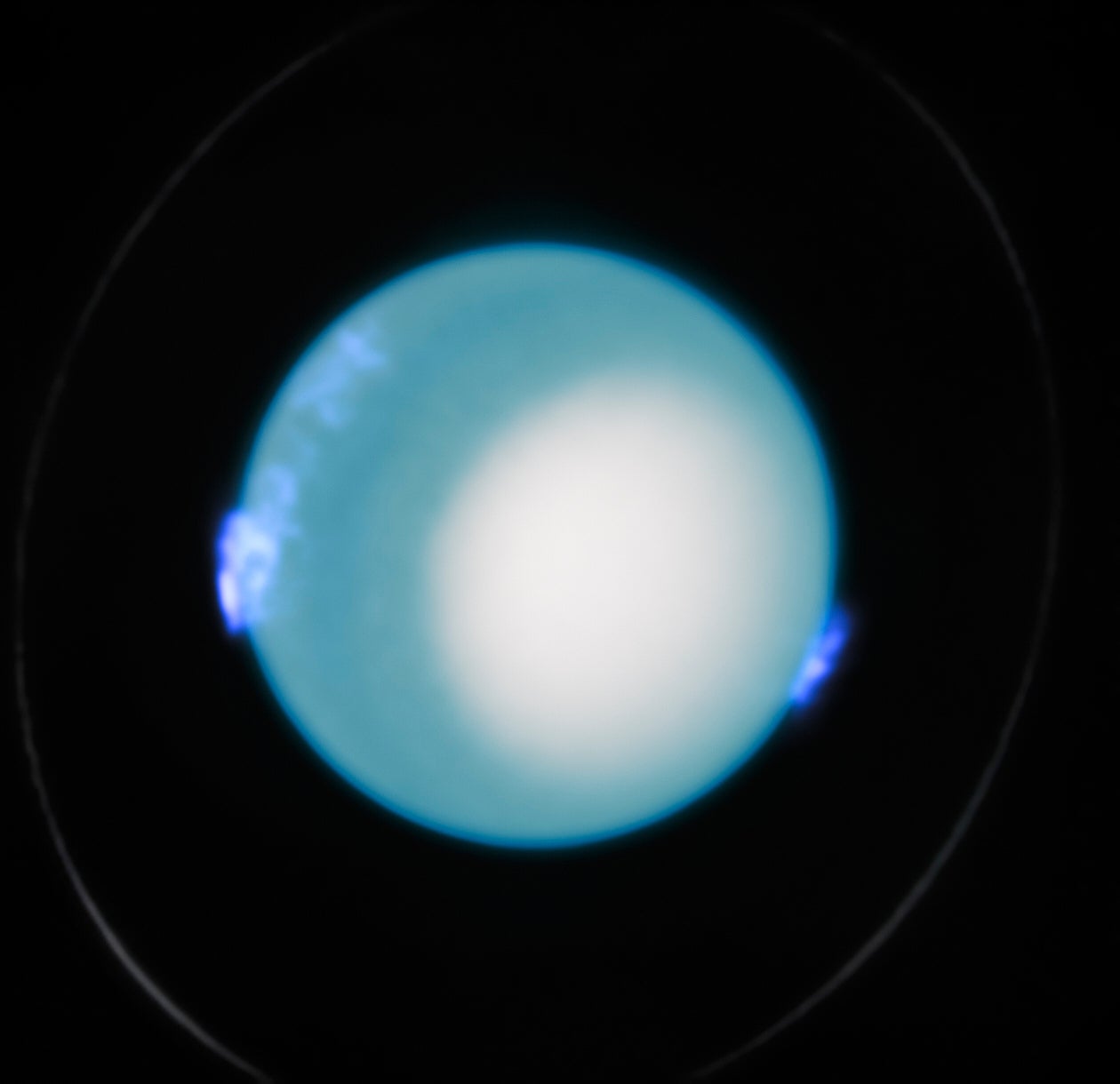A day on Uranus is actually longer than previously thought
Uranus, the seventh planet from the sun, takes approximately 84 Earth years to orbit the sun

New observations have revealed that a day on Uranus is slightly longer than previously thought.
According to scientists, data collected by the Hubble Space Telescope indicates that Uranus completes a full rotation in 17 hours, 14 minutes, and 52 seconds. This is 28 seconds longer than estimations made by NASA’s Voyager 2 spacecraft in the 1980s.
A team led by French scientists analysed a decade's worth of aurora observations on the ice giant to monitor its magnetic poles, which allowed for a more precise calculation of Uranus's rotation period. Uranus, the seventh planet from the sun, takes approximately 84 Earth years to orbit the sun.

Laurent Lamy of the Paris Observatory, the lead author of the study, stated that "The continuous observations from Hubble were crucial" in obtaining these findings.
Lamy and his team suggest that this method could be applied to determine the rotation of any celestial body that features auroras and a magnetosphere.
The findings, published in Nature Astronomy, coincide with the upcoming 35th anniversary of Hubble's launch. The space telescope was deployed into orbit by NASA's space shuttle Discovery on April 24, 1990.